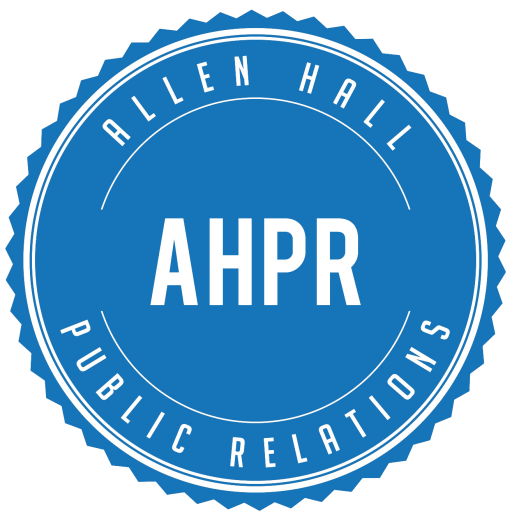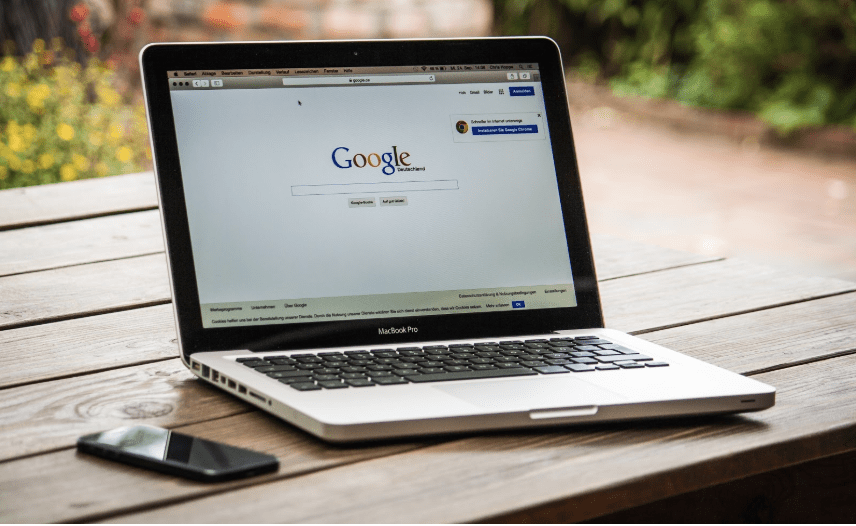A guide to help you impress your client before, during, and after the meeting By Our Oregon 21 Account Team
As public relations students, there will be times when you meet with a professional-client that you will do work for whether it’s for a class or an organization such as Allen Hall Public Relations. It can feel intimidating and overwhelming meeting a successful or experienced adult. But coming prepared to the meeting, presenting yourself in a professional manner, and following up in a timely and responsible way can show your client that, although you are a student, you can be taken seriously.
Before
Before meeting with your client it is crucial to prepare. Preparation shows commitment as well as respect to the people and organization you work with. For effective preparation, research is key. Research is a critical component of any meeting because it provides you with the necessary information to drive conversation and inspire questions. Researching your client will give you leverage to understand who they are and gain an optimized perspective of what you will be working with.
Your research should inspire questions questions to bring to your meeting. Have specific questions prepared that you cannot find answers to in your secondary research. Questions show your client that you are engaged and curious about their work. In addition to mental preparation, arrive equipped with materials. Bring a pen and a small notebook to actively take notes and write down answers to questions. Taking notes shows your client you are listening and demonstrates respect. Lastly, be confident. Show your client that you are excited to be there and that you are ready to do the work.
During
Make the opportunity to meet with your client meaningful for your future work. Start your meeting with introducing the team, telling the client who you are and that you’re looking forward to working with them. Actively listen to the client and ask your prepared questions or any others that arise during the meeting. Engaging with your client not only helps your relationship but can also fill the holes in the research you have developed. Remember to take detailed notes of the information they provide.
Once you have asked the questions you prepared, it is key to introduce some of your ideas. This is a great way to show off the preparation and research you have completed prior to the meeting. If possible, try to incorporate some of their thoughts in the meeting to the ideas you have. In this stage, it is best to try to introduce broad ideas that can be narrowed with client feedback. Your ideas should also clearly relate to the problem or opportunity that has been defined.
It is critical to remember that you are in a professional setting, which includes a level of expected politeness and respect toward your client. In your research, you will most likely find things you would like to change. If you are going to introduce a proposed change, make sure to comment on their work and communications strategies respectfully. If you are struggling to address a poor practice, try to explain it by rephrasing as an opportunity. Connect with the client on how you recognize their efforts and tell them how your work could benefit them.
Before leaving, make sure the client has been able to ask their questions and give their ideas; it is important for them to feel heard. Be sure to thank them for their time and the information they have given you.
After
After meeting with your client take a moment to regroup with your team and understand what your client wants and what your next steps are. Pick out key points and organize your notes into a document that you can share with your client in your follow up communication.
Your follow up communication is a chance to ask any questions you’ve come up within your team debrief. The best way to follow up is email where you can share your action plan and give your client time to answer your questions in detail. Make sure to thank the client, express your excitement to work with them, and review talking points from the initial meeting. Matching the tone of your follow up email to the tone of the meeting will show your client a level of consistency that lets them know they can count on you.
Meeting with an adult that is more experienced than you and who you will be doing work for can seem intimidating. But knowing what to do before, during, and after the meeting can help you present yourself as a young professional deserving of respect.



